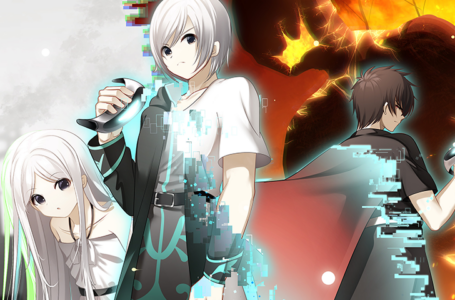A first look at the new Capcom Arcade Stadium collection
Capcom Arcade Stadium is out now, bringing with it freebie copies of Ghosts ‘n’ Goblins and 1943: The Battle of Midway for those who don’t want to pay (yet) — and an impressive lineup of 33 titles if you slap down the cash to pick up the full bundle.
While a number of these titles have been seen before on home platforms — relatively recently in the case of the games from the Capcom Beat ‘Em Up Bundle and Street Fighter 30th Anniversary collections — Capcom Arcade Stadium also brings several games home for the first time in a very long while. That alone should make it of interest to retro gaming enthusiasts — but how is the package as a whole?
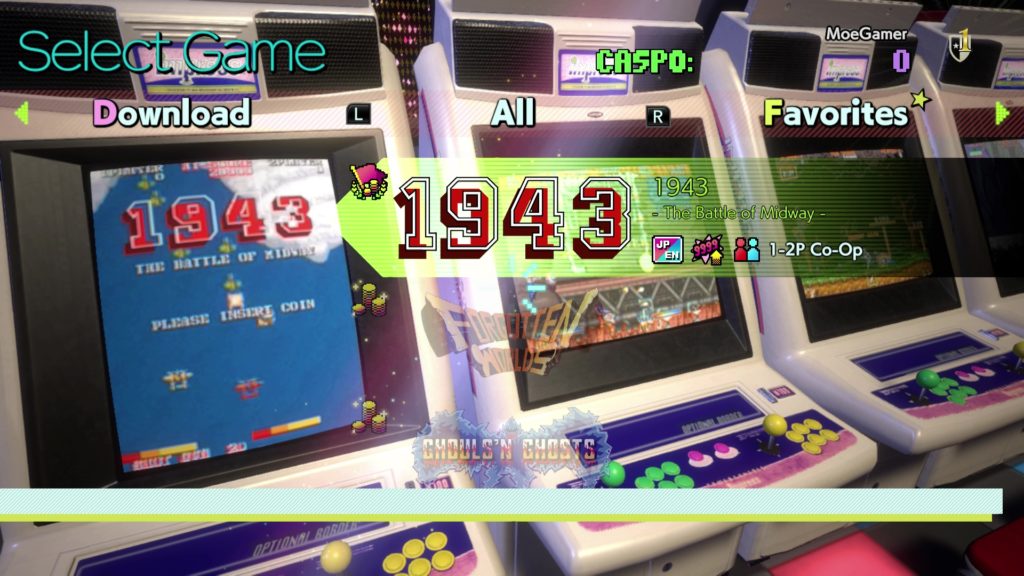
One of the first things that will probably strike you upon booting Capcom Arcade Stadium up is that Capcom took the peculiar decision of building the whole thing on the RE Engine. Yes, the engine that powers the modern Resident Evil games.
Why? Well, primarily because Capcom Arcade Stadium provides the option to play on virtual arcade cabinets complete with authentically bendy virtual CRTs, scanlines, flicker, and on-screen joysticks and buttons that move according to what you’re doing with the controller. Some might argue that this is vacuous fluff that didn’t need to be in there — and I’d probably be among that “some”, to be perfectly honest — but at least it’s optional, there’s certainly an argument to be made for it at least attempting to recreate that classic arcade ambience and it doesn’t appear to impact performance to a significant degree.
Thankfully, purists can set the games to simply run in their original aspect ratio, with or without wallpaper in the empty areas of the screen — or you can stretch games to fit a widescreen display if you’re some sort of awful monster. There are also screen rotation options, allowing you to play vertically oriented games in Tate mode.
For some inexplicable reason, Capcom has decided to promote this feature as offering the ability to “play a vertically scrolling game as a side-scroller” — which I guess isn’t a completely inaccurate description, but that’s not the reason anyone is using screen rotation options in this sort of collection. Bust out that Flip Grip and enjoy some of those classic shmups as God intended!
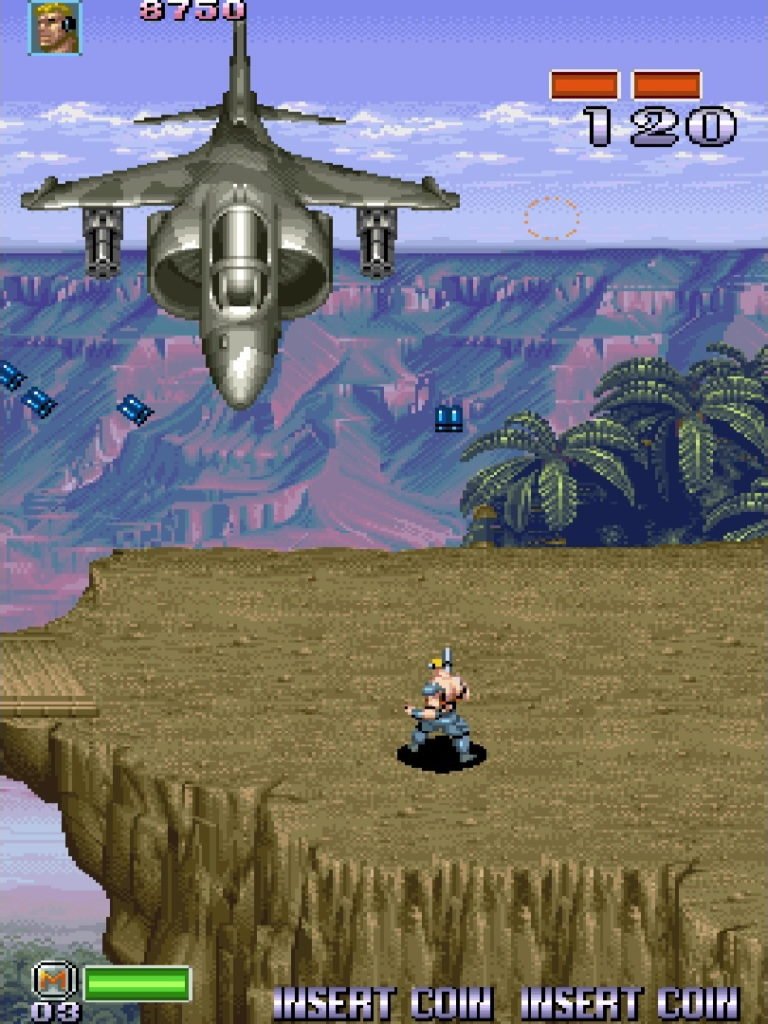
Emulation performance is pretty good on the Switch for the most part, though there’s a certain amount of pixel shimmering in evidence on games with constantly scrolling screens, and you can occasionally see some variations in frame rate with visual elements that are “flickering” at 60 frames per second to simulate transparency.
It’s worth remembering, though, that despite our fond memories of many of these games, they weren’t always perfect even on the original machines — in fact, in the case of shoot ’em ups in particular, slowdown was often deliberately embraced by the game design as a means of allowing the player a little more time to react to situations!
Many games offer both English and Japanese ROMs, allowing you to enjoy the minor differences between titles. There are a couple of odd omissions, though — the English version of Commando sequel Senjō no Ōkami II (better known as MERCS in the west) is nowhere to be seen, for example, though the vast majority of the in-game text outside of the introduction sequence is in English anyway, so it won’t be a huge problem for most players.
The collection does, however, include a number of games that haven’t seen many home ports over the years, with titles like Giga Wing, Cyberbots and Progear being some of the most standout examples; Giga Wing hasn’t been seen since the Dreamcast days, Cyberbots only got Japanese Saturn and PlayStation ports, and Progear — actually a Cave shoot ’em up published by Capcom — hasn’t been seen on anything other than Japanese mobile phones and Capcom’s monstrous plug-and-play Home Arcade system over the years.
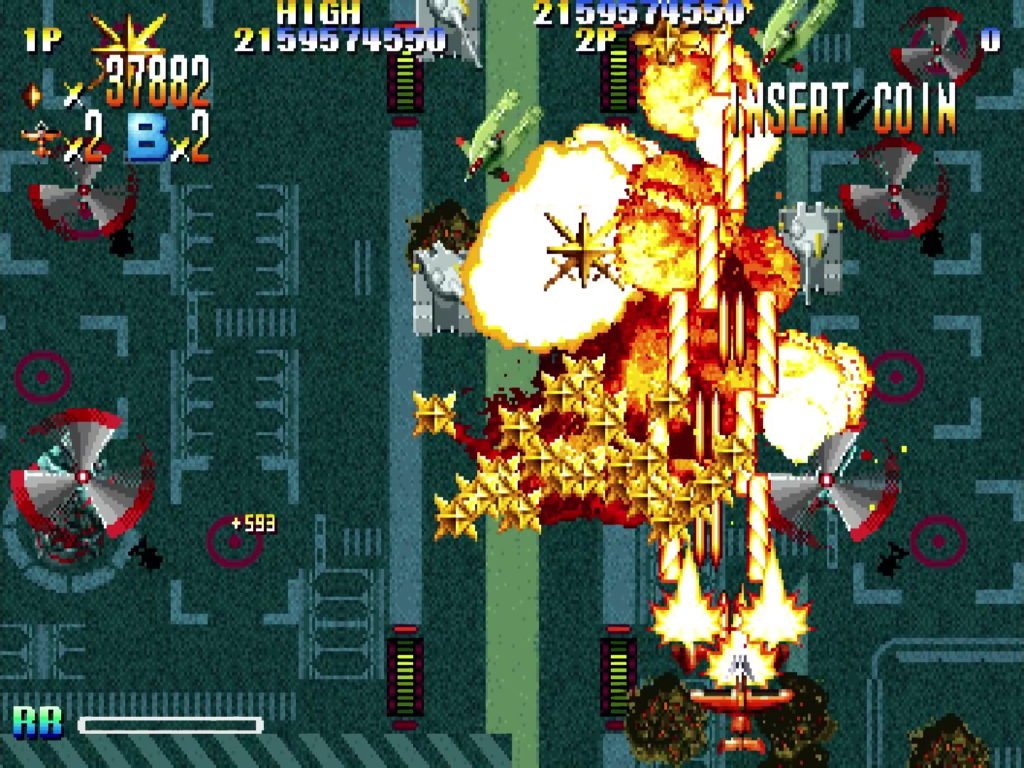
Probably the most praiseworthy aspect of Capcom Arcade Stadium is the flexibility of its options. As well as tweaking the screen display to suit your own needs and preferences, you can also adjust the game speed and difficulty, rewind to correct mistakes, save and load your game and compete against rivals with online leaderboards.
Those who have purchased at least one of the additional packs of games also gain access to Special Challenges, which are time-limited events where everyone online competes on specific games under specific rulesets in order to compete for supremacy.
Long-term engagement with Capcom Arcade Stadium is encouraged through a rather superfluous “CASPO” (Capcom Arcade Stadium POints) system, where you earn points for playing games, achieving high scores, clearing games, taking on challenges and proving your skills. CASPO aren’t really used for much other than determining your “rank” — ranking up allows you to unlock additional display options (mostly wallpaper or cabinet variations) rather than anything particularly useful, but it’s a fun little bonus if nothing else.
There are leaderboards for CASPO acquisition, but given that they’re more a measure of how long you’ve played Capcom Arcade Stadium rather than your actual skill, these will be largely meaningless for most people. Stick to the individual games’ leaderboards!
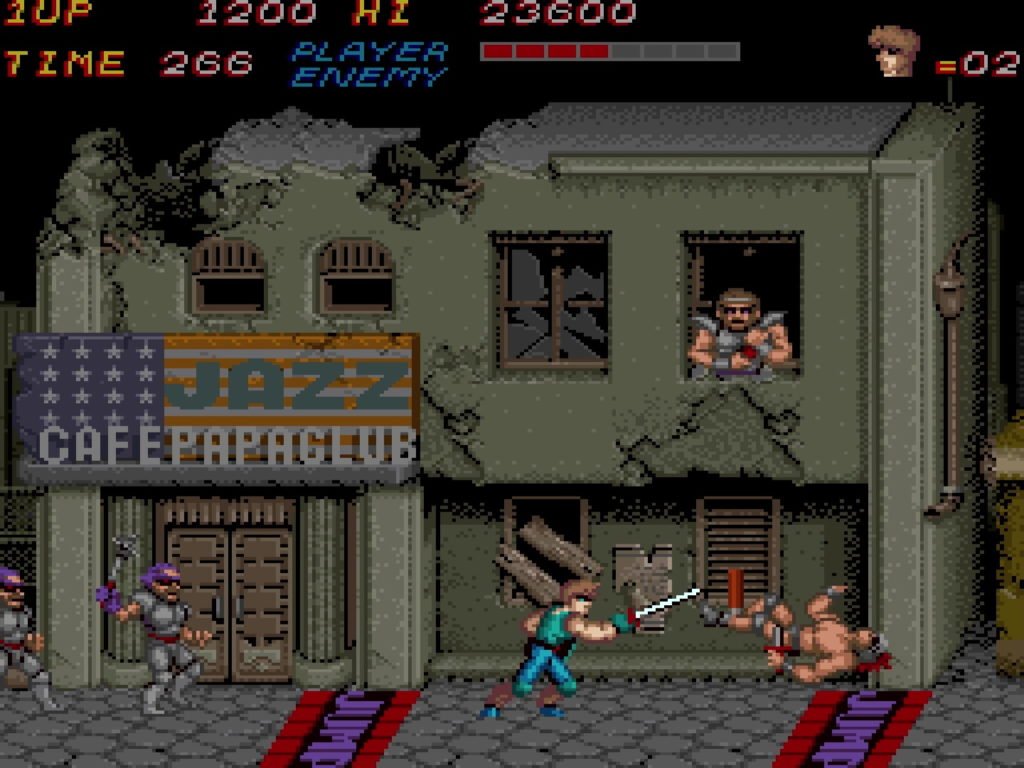
As always with collections like this, it’s worth remembering that many of these games were quarter-munchers in the arcades, so newcomers may find some rather sharp difficulty curves awaiting them! However, the combination of the aforementioned difficulty, speed and rewind options allow you to take your time learning and practicing the games you’re most interested in before you decide you might be ready to take on the world in a competition for the best scores.
Even if you never get to a stage where you feel like you can reliably one credit clear these games, though, this collection still provides a wonderful cross-section of some of Capcom’s finest work in the arcades — and with the inclusion of a bunch of great two-player titles that aren’t just versions of Street Fighter II, there’s plenty to enjoy casually alongside a friend, too — assuming you’re in a position where you have someone you can pass a controller to, since there’s no online play.
That might be a bit of a shame for some people, but it’s also never been what this collection was intended to be about. If you want to play Final Fight or Street Fighter II online, there are other ways you can do that — Capcom Arcade Stadium, meanwhile, is about the simple joy of playing classic arcade games in person, whether you’re trying to top a high score table solo, or having fun with a friend who is standing next to you (or two metres apart from you, at least).
And no coins required!
Join The Discussion
Rice Digital Discord
Rice Digital Twitter
Rice Digital Facebook
Or write us a letter for the Rice Digital Friday Letters Page by clicking here!
Disclosure: Some links in this article may be affiliate links, which means we may earn a small commission if you make a purchase after clicking on them. This is at no additional cost to you and helps support Rice Digital!
- Letter from the Editor: passing the torch - June 30, 2023
- Super Woden GP 2 is looking promising - June 30, 2023
- Inti Creates is making a 32 bit-style Love Live action platformer - June 26, 2023






